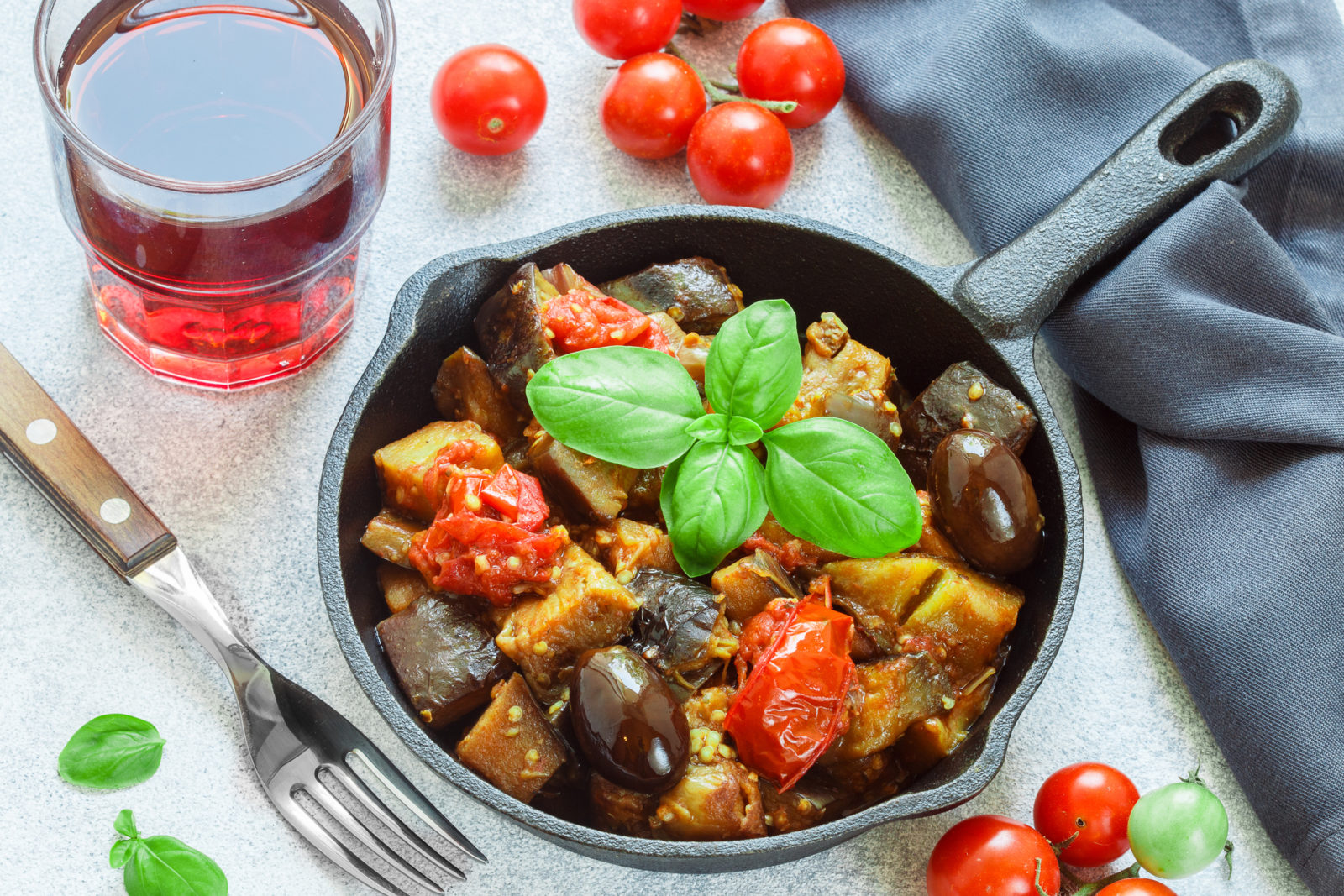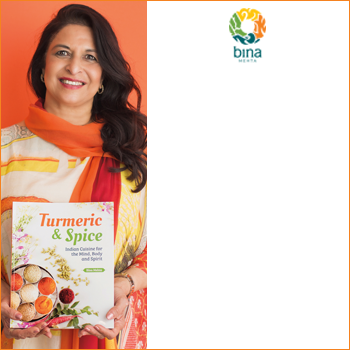I adapted this recipe for La Caponata from Phyllis Quinn, my long-time friend of over 40 years. Phyllis has stayed in my home more times than I can recall, and we love cooking together in my kitchen. When we cook together, sometimes it’s a marathon for a humongous party; other times it’s more of a family event. Either way, we dance around my kitchen and have the time of our lives, enjoying the sheer exhaustion that comes from belly laughs. We’ve also shared many recipes between us, such as her family’s recipe for La Caponata, one of my favorite dishes.
I love her story of where her recipe comes from. When she was a child, her maternal grandfather Nicolas, known as Poppa, had an acre-sized garden in New York that he tilled himself starting in March. By late summer with the heat and humidity of a New York summer, vegetables were so numerous, her family had them stacked on the dining room table because the kitchen table had no more room for the eggplants, tomatoes, garlic, and onions. These are the vegetables that are key components in the Mediterranean diet—not to mention they are the main ingredients in Caponata, which loosely translates to Sweet and Sour Vegetables.
Many regions of Italy prepare it, but none is as good as Phyllis’ family’s recipe. I love it just as it is! However, one lazy day at the farmer’s market, Phyllis and I decided on a whim that a change of spices in her La Caponata recipe could be exciting. Well, it was! We enjoyed bite after bite of exotic flavor bursting with the freshness of seasonal vegetables. This Indian fusion recipe was delightful and Phyllis said my spices were a lovely addition to her family’s recipe. It was a taste sensation for anyone with discriminating taste buds. Try it and enjoy something different and delightfully delicious!
La Caponata Indian Style
4 large round eggplants or 10 small eggplants
2 heads celery
1 medium yellow onion
10 to 12 Roma vine-ripened tomatoes or 1 can fire-roasted diced tomatoes
1/2 cup olive or vegetable oil
1 bunch fresh basil
4 tablespoons pine nuts or walnuts
1/4 cup red wine vinegar
1/3 cup green olives with pimientos
1/3 cup kalamata olives, pitted
1 small jar capers, rinsed to remove brine
1/2 teaspoon oregano
1/2 teaspoon ground fennel seeds
1/2 teaspoon summer savory
1 teaspoon sea salt
1 teaspoon black pepper
1 teaspoon Bina’s Maharani Masala Spice Blend
1/2 teaspoon Bina’s Roasted Cumin
Tip: When selecting eggplants, choose ones that are small and slender or large and slender. The slender ones have fewer seeds that make it bitter. Fresh eggplants from the farmer’s market do not usually taste bitter, no matter the size. When cooking eggplant, roasting is the better way to go; do not braise or add water to eggplant before it’s cooked because it affects the taste. After it’s cooked, you can add liquid to it if needed.
Method
Wash the eggplants. Medium dice the eggplants, and then season with salt and place on a sloping board to allow the excess water to drain off for about 30 minutes.
Chop the celery into ½-inch pieces. Small dice the onion and tomatoes and set aside.
Heat the oil in a large frying pan, then add the eggplant and fry until golden. Remove the eggplant and add the other vegetables until soft and golden.
Chop the fresh basil, green olives, kalamata olives, and nuts. Add the basil to the pan along with all of the spices. Stir until well blended, then add the olives, nuts, and capers. Add the eggplant back to the pan, and simmer for about 25 minutes.
Remove the pan from the heat, and add the red wine vinegar. Stir well and let it rest.
If you are canning the La Caponata, put the mixture into hot sterilized jars and water bath them according to your altitude requirements for pantry storage.
If you are not canning the La Caponata, eat it when cool but not chilled in true Italian and Indian cuisine style. Ideally, Caponata is best eaten the next day.


